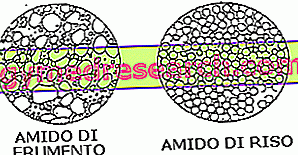Parathion is an organophosphorus pesticide.
Organophosphorus substances are substances that block the enzyme responsible for the degradation of acetylcholine (Ach).
Parathion, as such, fails to interact with the enzymatic site of acetylcholinesterase, so it needs activation or bioactivation by liver enzymes, to become Paraoxon.
The chemical difference between Parathion and Paraoxon lies mainly in a double bond. In Parathion we have the phosphoric group that binds to sulfur with a double bond, while in Paraoxon the phosphoric group joins with a double bond to an oxygen.

The bond that forms between Paraoxon and the enzyme is a stable and indissoluble bond. The only remedy to detach the organophosphorus from the enzyme is the use of an antidote that goes to "antagonize" the action of the toxic. The antidote, which must be used as soon as possible, is PRALIDOSSIMA . The antidote succeeds in detaching the toxic from the enzyme, because it has a greater affinity for the enzyme than for the toxic one.
It is not certain that the efficacy of the antidote is always optimal, therefore to obtain an immediate effect it is necessary to administer the toxic antagonist substance as soon as possible. If the antidote is not administered quickly a toxic alkyl chain is lost, so the link with the enzyme is further strengthened, causing the aging (aging) of the enzyme. The bond that is formed after the aging between organophosphorus and enzyme is so strong that not even the antidote is able to detach the two parts.



